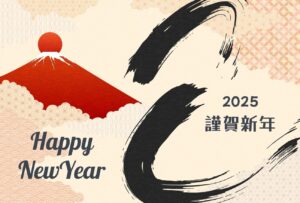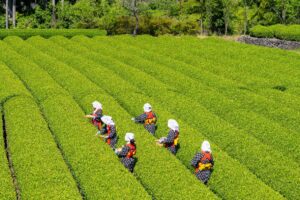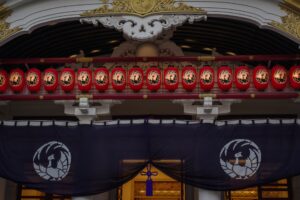Ikebana: Flower Arranging in Japan
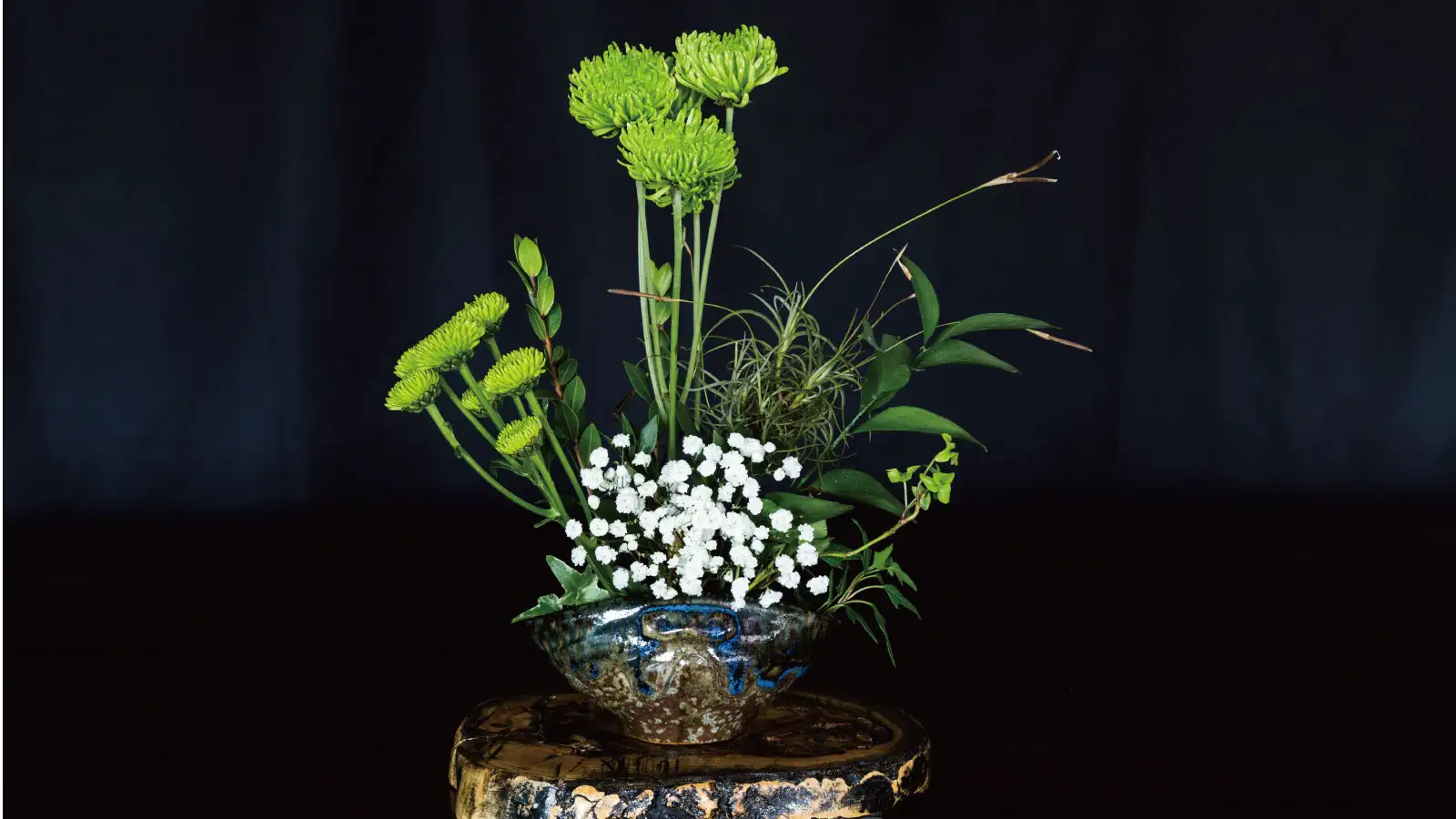
Ikebana is the Japanese way in which flowers are arranged and brought to life. Today, it is a form of art that is embraced by modern art and design. Yet, Ikebana has a long history in Japan – therefore it is appreciated by experts of tradition and newer generations alike. Historically, Ikebana was grown in Buddhist temples by tea masters of the sixteenth century. Over fifty years ago, Ikebana master Shozo Sato began expanding Ikebana to the West, even writing a book on the art. Ikebana is more than just a simple arrangement of flowers, as it takes on a more spiritual and artistic meaning to those who practice it.
What Exactly is Ikebana?
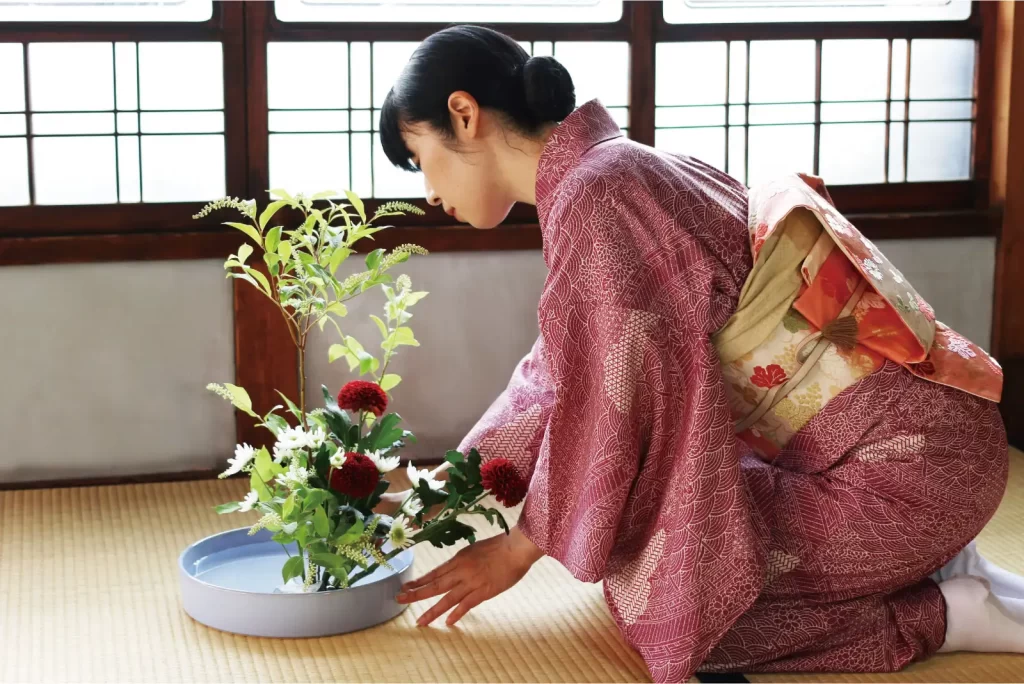
So what exactly is Ikebana? Ikebana is a sophisticated, sensitive, and subtle method to arranging flowers. This method takes on its Japanese meaning, which is living flowers, and brings life to these flowers through deeper meaning. This deeper meaning stemming from Buddhist teachings. There are various ways in which ikebana can be styled with grace.
The Rikka Style
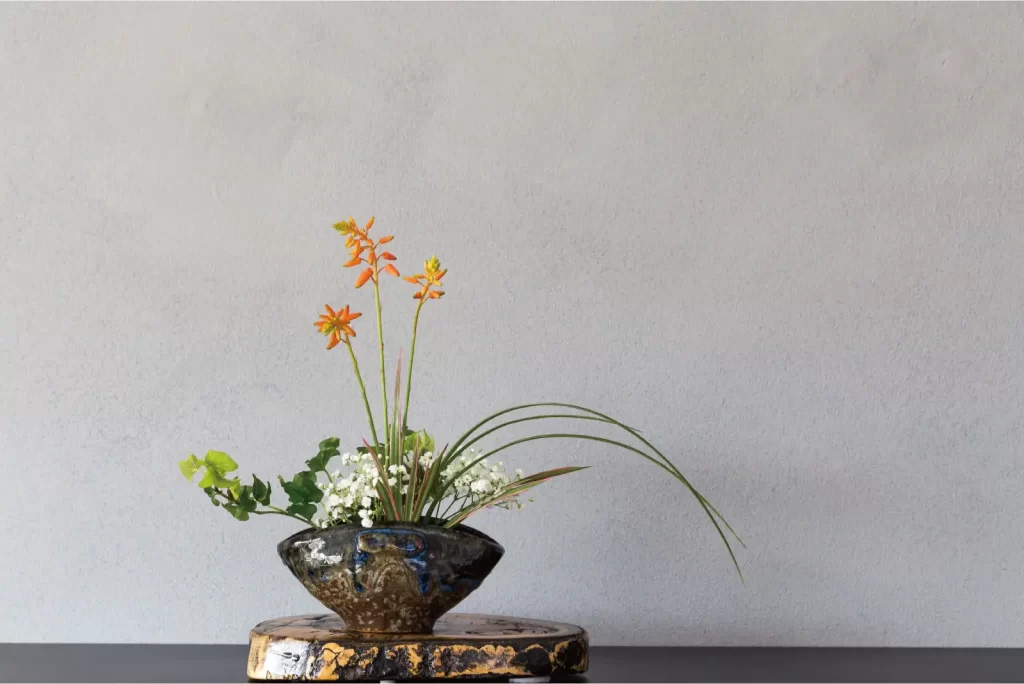
The Rikka style of Ikebana roots from some of the first Buddhist arrangements, symbolizing the beauty of paradise. There are structural rules to the arrangement of the rikka-style Ikebana, each artistic placement of the arms of the plant representing a different spiritual and natural meaning. For example, the highest point of the flower arrangement symbolizes a “spiritual mountain.” The unbloomed flower buds of the arrangement symbolize “waiting”, and the reaching out leaves symbolize “receiving.”
The Shouka Style
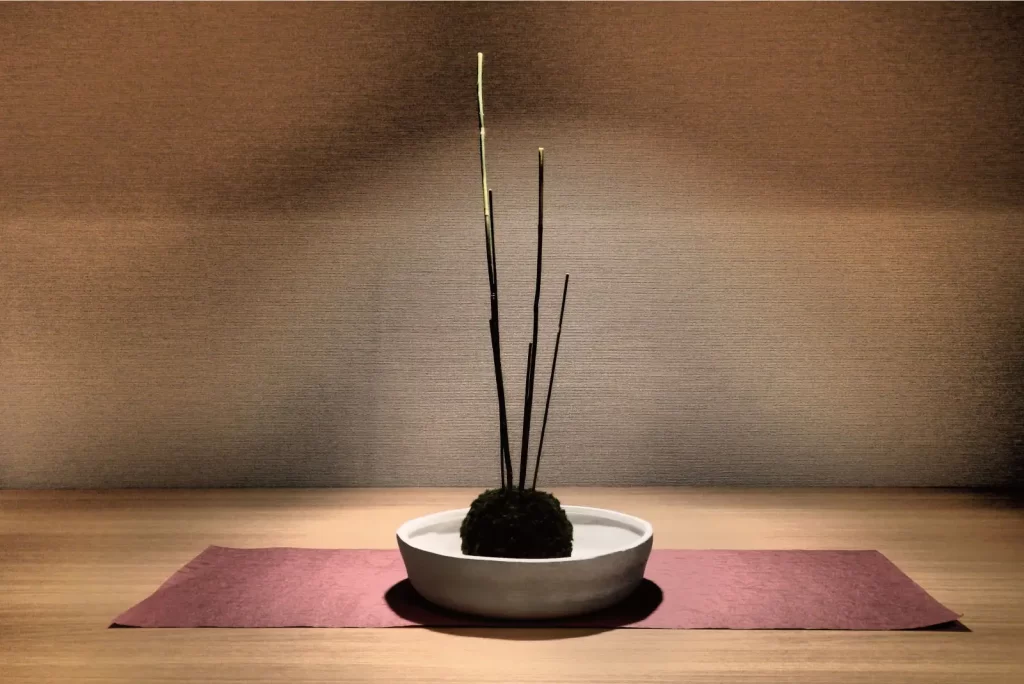
The Shouka style is a contrast to rikka’s strict rules, and instead emphasizes freer ways of arrangement. While the Rikka style is related to traditional Buddhism, the Nageire style is related to zen. Originally called Nageire meaning thrown in, this style allows for the flowers to be positioned naturally as they would fall in nature. Shouka acts as a compromise between the Rikka and Nageire styles, meaning fresh-living flowers. The Shouka style creates an uneven triangle, and overtime has become more relaxed in regards to composition.
An Interesting and Intricate Form of Art
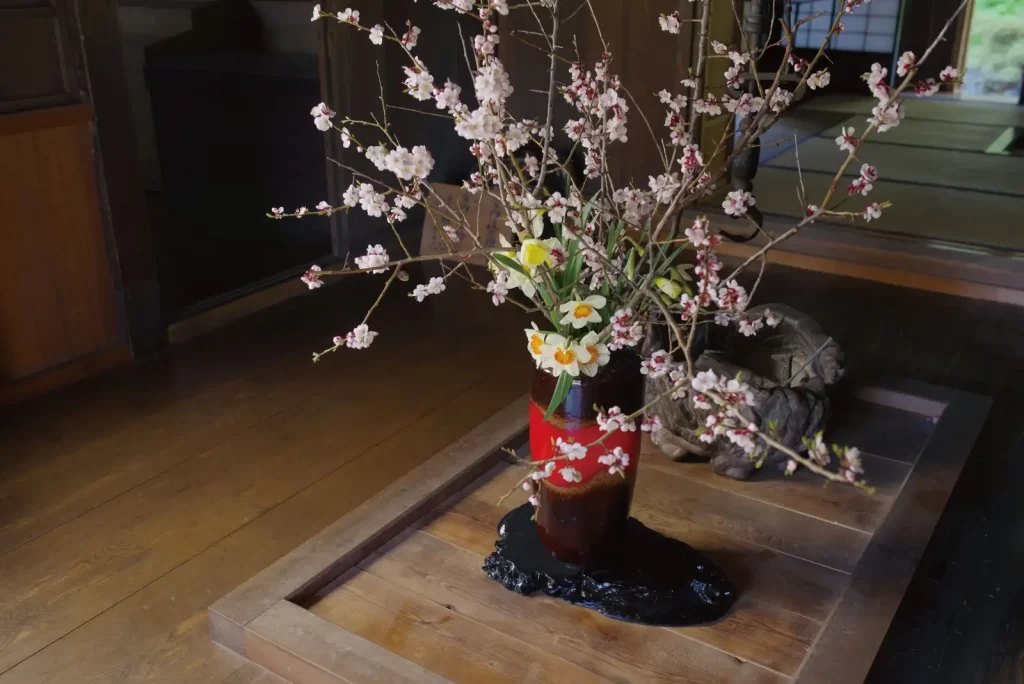
The way that ikebana arrangements are composed has a big influence on their meaning. The energy of the plant is indicated by the line of the plant’s growth and its posture from the top (Shin) to the bottom of the vase. Plant leaves reflect the yin and yang as they are asymmetrical. Overall, ikebana is an interesting and intricate form of art that is meticulous in its formation and meaning.





